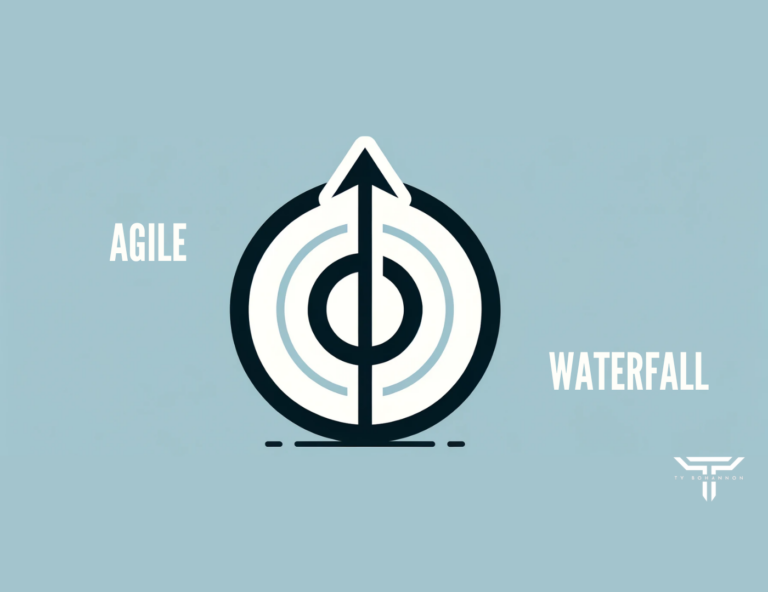The Synchronous Trap: Challenging the Norms of Real-Time Collaboration
Real-time collaboration is often seen as the gold standard for workplace efficiency. We praise the immediate response and the quick decision-making it seems to foster. However, this “synchronous trap” can have hidden pitfalls.
This article aims to challenge the norms of real-time collaboration, exploring how this approach might actually hinder productivity and creativity in the workplace.
We’ll delve into the benefits of a more balanced approach, where synchronous and asynchronous work coexist harmoniously.
The Rise of Synchronous Work Culture

Understanding the Synchronous Work Ethic
The synchronous work ethic is rooted in the idea that being available and responsive in real-time leads to better collaboration and faster results. This mindset became particularly prominent with the advent of instant messaging and video conferencing tools.
It’s the thrill of immediate feedback and the sense of urgency that often drives this work culture. While this can be exhilarating, it’s worth questioning: does it always lead to the best outcomes?
How Real-Time Collaboration Became the Norm
Real-time collaboration’s rise to prominence didn’t happen overnight. It was a gradual shift, fueled by technological advancements and the growing expectation of instant connectivity.
In a world where emails are replied to within hours and messages within minutes, this norm has reshaped how we view workplace productivity. It’s become a badge of honor to be always on and instantly reachable, often blurring the lines between work and personal life.
The Drawbacks of Always-On Collaboration
The Illusion of Productivity in Real-Time Work
The promise of real-time collaboration is that it boosts productivity, but this is not always the case. Constant interruptions and the pressure to respond immediately can fragment focus, leading to superficial work and burnout.
When employees are always in response mode, they have less time for deep thinking and creative problem-solving, which are crucial for meaningful work.
The Impact on Work-Life Balance
An always-on approach to collaboration doesn’t just affect work quality; it also impacts work-life balance. The expectation to be constantly available extends the workday, encroaching on personal time and leading to stress and burnout.
This relentless pace isn’t sustainable and can lead to a decrease in overall job satisfaction and well-being.
Asynchronous Work: An Alternative Approach
Defining Asynchronous Collaboration
Asynchronous collaboration is the antithesis of the real-time, always-on work culture. It allows for communication and collaboration that doesn’t happen simultaneously, giving individuals the flexibility to respond and contribute on their own schedule.
This approach respects different time zones, work styles, and personal commitments, leading to a more inclusive and balanced work environment.
The Benefits of a Time-Shifted Work Model
Embracing a time-shifted work model offers numerous benefits. It allows for deeper concentration, as employees can focus without the constant interruption of real-time demands.
This leads to higher-quality work and innovation. Additionally, it supports a healthier work-life balance, as employees can structure their work around their personal lives, not the other way around.
Implementing Asynchronous Strategies
Best Practices for Asynchronous Communication
Adopting asynchronous communication isn’t just about reducing meetings or delaying responses. It’s about creating a culture where deep work is valued over instant replies.
Best practices include setting clear expectations on communication response times, using collaborative tools effectively, and encouraging employees to block out focus time. It’s important to foster an environment where quality of work trumps speed of response.
Tools and Technologies for Effective Asynchronous Work
To successfully implement asynchronous work, the right tools and technologies are crucial. Platforms like task management software, shared digital workspaces, and time-zone friendly communication tools can make a big difference.
These technologies should enhance the flow of information without pressuring instant interaction, allowing teams to collaborate effectively across different schedules and locations.
Overcoming Resistance to Asynchronous Methods
Addressing Common Concerns and Myths
Resistance to asynchronous work often stems from misconceptions about productivity and team cohesion. Some believe that without real-time collaboration, projects will stall and team spirit will suffer.
Addressing these concerns head-on, with evidence and clear communication about the benefits, is key. It’s about showing how asynchronous methods can lead to more thoughtful contributions and a more balanced work environment.
The Future of Work: Blending Synchronous and Asynchronous
Finding the Right Balance
The future of work is not about choosing between synchronous and asynchronous methods, but about finding the right balance between the two. This balance will look different for each organization, depending on their goals, team dynamics, and the nature of their work.
The key is to remain flexible and adaptable, continuously assessing and adjusting the approach to meet the evolving needs of the team and the business.
Preparing for a Hybrid Work Culture
As the work world evolves, preparing for a hybrid culture that blends synchronous and asynchronous work becomes essential.
This preparation involves training teams, setting up robust communication protocols, and fostering a culture that values both real-time interaction and independent, deep work. It’s about creating a work environment that can adapt to various needs and preferences, offering the best of both worlds.
End Game Insights: Embracing Flexibility and Efficiency
The Way Forward: Smarter, Not Harder
The synchronous trap can be avoided by embracing a more flexible, efficient approach to collaboration. It’s about working smarter, not harder – recognizing that real-time interaction has its place, but it’s not the be-all and end-all of productive work.
By challenging the norms of real-time collaboration, we can create a more sustainable, balanced, and ultimately more productive work environment.
Call to Action: Rethink Your Collaboration Strategy
It’s time to rethink your collaboration strategy. Are you falling into the synchronous trap? Consider the benefits of a more balanced approach to collaboration.
Evaluate your current practices and explore how incorporating asynchronous methods can boost productivity, creativity, and employee well-being. Remember, the goal is to create a work environment where everyone can thrive, both professionally and personally.
Frequently Asked Questions (FAQs)
Q1: What exactly is the “Synchronous Trap”?
A: The Synchronous Trap refers to the over-reliance on real-time communication and collaboration in the workplace. It’s the misconception that constant availability and immediate response lead to higher productivity, often at the expense of deep work and work-life balance.
Q2: Why is asynchronous work important?
A: Asynchronous work is important because it allows for more flexibility, deeper focus, and better work-life balance. It enables team members to contribute at their own pace and on their own schedule, leading to more thoughtful and high-quality work.
Q3: Can asynchronous work methods fit all types of businesses?
A: While asynchronous methods can be beneficial for many businesses, the extent to which they can be implemented may vary depending on the nature of the work. It’s about finding the right balance that suits the specific needs and dynamics of each organization.
Q4: How do you implement asynchronous communication in a traditionally synchronous environment?
A: Implementing asynchronous communication involves setting clear guidelines on response times, using the right digital tools, and fostering a culture that values deep work. It’s crucial to gradually introduce these changes and provide training to ensure a smooth transition.
Q5: What are some challenges of moving to an asynchronous work model?
A: Some challenges include resistance from team members used to real-time interactions, potential delays in project timelines, and initial difficulties in communication. These can be overcome with clear communication, proper training, and a gradual shift in work practices.
Q6: How do you maintain team cohesion in an asynchronous work environment?
A: Maintaining team cohesion in an asynchronous environment involves regular check-ins, clear and structured communication channels, and fostering a culture of trust and independence. It’s also important to have occasional synchronous meetings to maintain personal connections.
Q7: What tools are essential for effective asynchronous work?
A: Essential tools for asynchronous work include task management software, shared digital workspaces, time-zone friendly communication tools, and project management platforms that allow tracking progress and collaboration without the need for real-time interaction.
Q8: How does asynchronous work impact productivity?
A: Asynchronous work can significantly improve productivity by allowing for uninterrupted focus time, leading to higher quality work. It reduces the stress of immediate responses and enables employees to work during their most productive hours.






